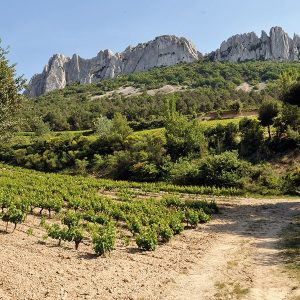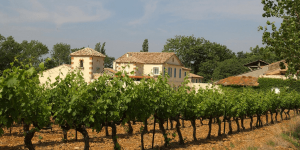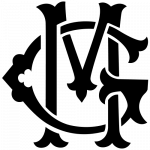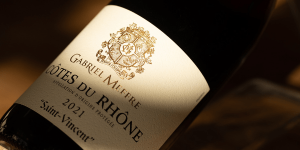Gabriel Meffre’s sulphite-free wines: profiles and pleasures
Gabriel Meffre’s approach to sulphite-free wines
The sulphite-free concept emerged in recent years following excessive use of sulphite (SO2) in the 1970s and 80s. This substance can cause difficulties for people with respiratory conditions.
“Here at Maison Gabriel Meffre, we have paid attention to the consequences of animal-derived products used in the fining process for a number of years. In the wine industry, it was commonplace to use ox blood, isinglass (fish glue) and egg white, for example. The focus was first on making all our wines vegan. The next logical step was to use no added sulphites,” explains Anthony Taylor.
The concept of natural, or sulphite-free wine is several years old already. This production method has taken time to stabilize. Today, with new knowledge gained in the areas of oxidation and fermentation, the process has been mastered.
How are sulphite-free wines different?
As the name suggests, they contain no sulphites. However, sulphite is an antiseptic and antioxidant that protects wine from microbial and bacterial aggression. Alternative solutions must be found to protect the grapes and wine.
This gap can be filled with the controlled use of yeasts. The yeasts take over to prevent any undesirable developments.
Yeast content is therefore greater in sulphite-free wines than in other wines, i.e. 30 g per hectolitre.
Yeast is added when the grapes are placed in the vats. This is known as ‘no-added-sulphite’ wine, as the yeasts produce sulphite. Maison Gabriel Meffre has, therefore, chosen to use yeasts that produce as little sulphite as possible. To identify a sulphite-free wine, look for the statement “no added sulphite” on the label.
How is sulphite-free wine made?
Rule number 1: swiftness ensures quality.
Firstly, harvests are done early, in order to get grapes that are not too ripe and, therefore, not too sweet. Picking is done in the cool early hours to avoid fermentation beginning during transport due to the heat. Next, with sulphite-free wines, fermentation is rapid. Here, the oenologist seeks a release of CO2 that will reduce oxidation of the juices. Rapid fermentation requires a high temperature. It should not, however, exceed 25°C, which would destroy the wine’s aromatic potential.
Lastly, these wines are devatted earlier than others, so that fermentation takes place in the liquid phase. Bottling is also done rapidly, in order to avoid the risk of oxygen entering the wine.
Rule number 2: perfect hygiene conditions.
“Impeccable hygiene is required. We have a very strict protocol in Gabriel Meffre’s cellars,”
stresses Véronique Torcolacci. The pipes are systematically checked to remove any traces of sulphite. In the cellar, a sulphite-free cuvée will be the first in the queue, in order to make sure that the equipment is clean. The harvest has to be done fast so that equipment in the cellar can rapidly make way for other cuvées.
How does SO2 affect the colour of wine?
Véronique Torcolacci explains:
“Sulphite inhibits anthocyanins, giving the wine a clearer colour. There is generally a pale colour upon opening, which darkens as oxygenation occurs. Sulphite-free wines have intense colours, ranging from carmine to violet red.”
In terms of the taste, you will find a sensation of fermented grape, with a purer and crunchier aroma. However, these wines evolve fast and storing them is more complicated. As there is no protection, they should be drunk young and kept well away from light.
How do sulphite-free wines taste?
“In a sulphite-free wine, the aromas are disinhibited,”
Anthony Taylor tells us. This is because sulphite is a natural inhibitor. This means that their nose is explosive upon opening, particularly in younger years.
According to Anthony,
“this is the advantage of sulphite-free wines. The more the wine ages, the more sulphur dissolves and the less explosive the nose is.“
For the best tasting, sulphite-free wines should be consumed within the first two or three years. You will particularly appreciate their rather strong aromas, while the freshness of the fruit is more striking when the bottle is opened, which is not the case with conventional wines.
Focus on Domaine Grand Escalion’s Première Nature Merlot
The 2020 Première Nature Merlot from Domaine Grand Escalion is vinified and matured without sulphites. It is a 100% Merlot with 14% alcohol by volume. It is described as juicy and crisp. It has a rich and very dark robe, deep and intense, which is very pleasing to the eye. Its nose is exuberant and the aromas are disinhibited, offering a rich, fresh and dazzling bouquet. This wine bursts out of the glass! It has distinct fruity notes of ripe plum, as well as a touch of green pepper. You can also find notes of black olive and bilberry. The bottling process is followed very strictly, in order to ensure that the wine is well preserved.
“The more mature the fruit is, the more the plant notes fade,”
says Anthony Taylor, who feels that the 2020 vintage is a particular success.
In the mouth, it is a harmonious wine with a very even structure. The nose gives a very good indication of what you will find in the mouth. Its fine, well-integrated structure, its tannic touch and its slight bitterness in the finish will make you want to taste it again and again. Supported by pleasant acidity, mouth-watering and not heady, this moreish wine can be enjoyed alone.
It is the ultimate summer red, to be served between 14 and 15°C. It will superbly accompany grilled meat, chipolatas and charcuterie. It will also pair well with more acidic dishes, like Caesar salad, as well as white meat and tagine or Spanish-style tortilla with grilled vegetables, such as aubergines, courgettes and peppers.
Focus on the Rock ‘n’ Toque of Domaine de Longue Toque 2020
The Rock ‘n’ Toque of Domaine de Longue Toque 2020 is a wine with no added sulphite, made with 50% Syrah and 50% Grenache, with 14.5% alcohol by volume.
The robe has a very deep purple, opaque colour. Both bright and very dense, this wine seems like it has just left the vat. The particularly marked colour is created by the combination of the two grape varieties it is made with.
Its nose is generous and precise at once, with plenty of elegance, which makes this wine slightly less explosive than the Première Nature Merlot. Its particularity is that it comes from vines located slightly at altitude. In the nose, you will find notes of candied fruit and plum coulis.
Upon opening, the nose is not yet fully developed, and even a little reserved. Wait for a few minutes for it to fully reveal itself.
This wine literally bursts in the mouth. It is both juicy and crisp, with slightly grippy tannins in the finish, which are very pleasant and typical of Gigondas wines. You will find Morello cherry, as well as notes of black cherry, with the maturity and crispness of Burlat cherry. It is very dense. It strikes a fine balance between freshness, acidity and minerality, which comes from the limestone soils of Gigondas. Its acidity is mouth-watering, with a note reminiscent of cranberry, without the astringent side. It maintains great harmony from the beginning to the end of tasting.
It will marry perfectly with Bayonne cured ham or Bigorre black pork ham, aged two or three years. It will accompany grilled meats, rib of beef and tapas equally well. It is ideal for long discussions with friends or after-work chats. It is a wine best tasted in its youth, to enjoy its full moreishness.
Sulphite-free wines offer a different taste experience. The deep robes are pleasing to the eye, the pureness of the grapes shines in the mouth and the brightness of the fruits is generous in the nose. In technical terms, they are more complex to make. This means organising work differently in the fermenting cellar, in order to ensure there are no traces of sulphite in the wines. With this new approach, Maison Gabriel Meffre is reassessing the way it works, developing techniques and changing its practices to guarantee product quality.
Rubrics
Découvrez plus d'articles...
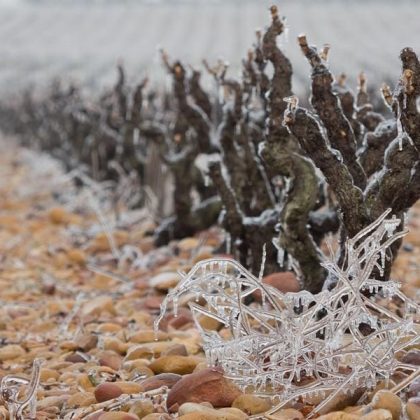
The vineyard and wine cellar in winter
What happens in the world of wine during the winter period? After the hustle and bustle of autumn, the harvests and vinification process, comes winter, a season devoted to maturation and looking after the vines.

In 2018, we will continue to strive to be a Responsible Company!
In this new year, our wish to help build a world that respects both mankind and the environment is as strong as ever. This can be seen through the number of our projects for 2018 that are closely related to our convictions as a Responsible Winery. We’re delighted to be given the opportunity to tell you about them!
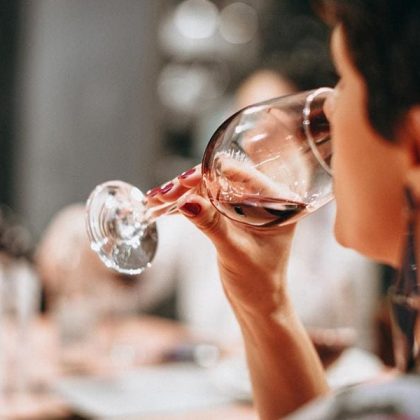
Discovering the art of pairing wine and chocolate
A morsel of white chocolate, Black Forest gâteau, pieces of stem ginger wrapped in chocolate, or Mexican chicken in chocolate sauce—all very appetising, but which wine would you serve with each one? Food and wine pairings factor in a combination of elements, such as the terroir, our powers of concentration, the circumstances of the tasting session, our sense memory and more. We guide you through some of the basic principles of this fascinating world!
